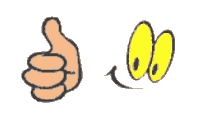PLEASE NOTE
This material is a comprehensive and well-written project, structured into Chapter (1 to 5) for clarity and depth.
To access the full material click the download button below
OR
Contact our support team via Call/WhatsApp: 09019904113 for further inquiries.
Thank you for choosing us!
